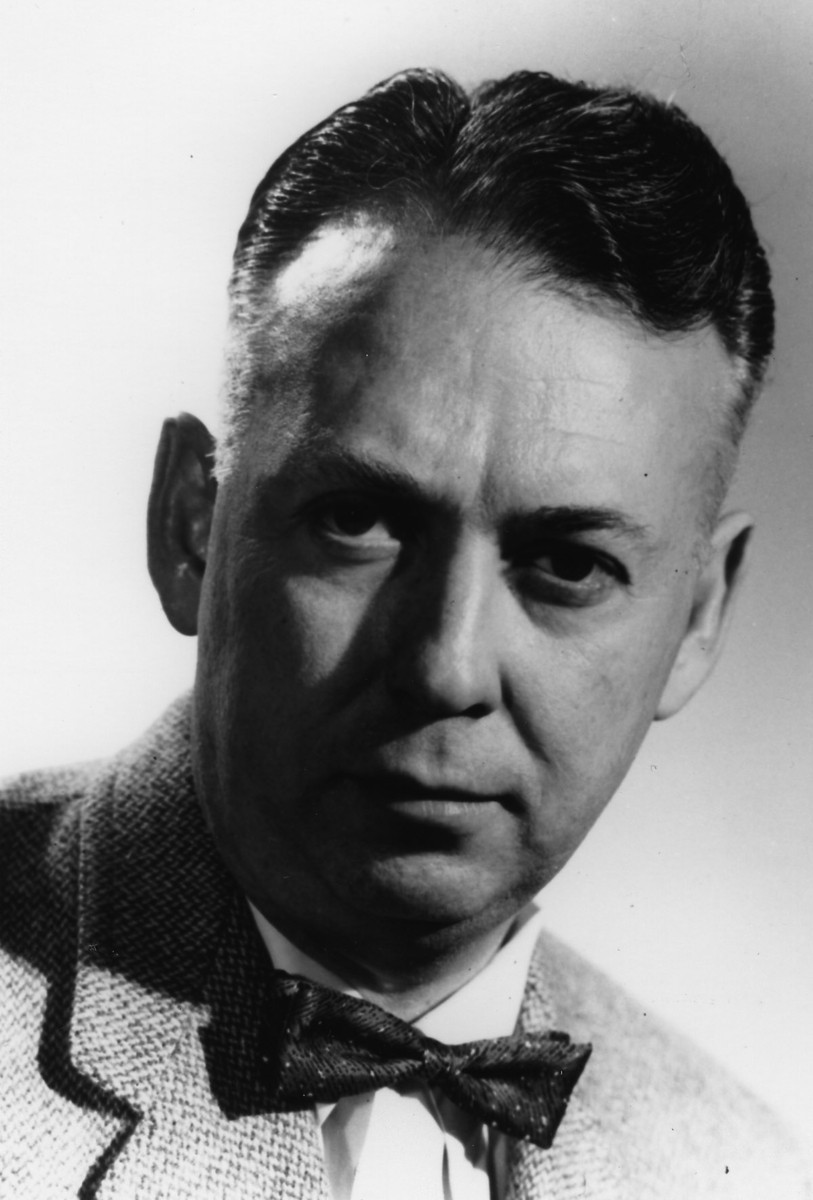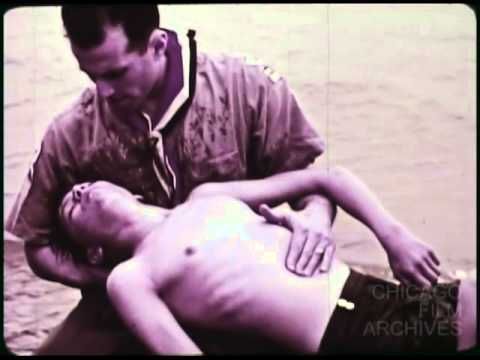Mouth-to-nose and mouth-to-mouth resuscitation were nothing new when Dr. James Elam practiced medicine in Minnesota in the 1940s. For centuries midwives had revived stillborn babies using the same technique, but the medical community was not ready to adopt it for rescuing victims of sudden death. Some doctors believed the rescuer’s “used” air didn’t contain enough oxygen to do any good. Others feared picking up germs or were disgusted by the thought of oral contact with the victim.

So rescuers continued to use manual resuscitation, moving the victim’s body around to try to keep oxygen flowing through the bloodstream. Books described more than 100 different ways to do that, from pressing on the victim’s back to lifting the patient’s arms above the head to rolling the patient back and forth on a barrel. Unfortunately, they didn’t work very well.
Dr. Elam knew that rescue breathing was the answer. During a polio epidemic in the '40s, he sometimes rescued patients who had suddenly stopped breathing, by sealing his mouth over the victim's nose and blowing his own air into the lungs, keeping the person alive long enough to undergo a lifesaving tracheotomy.
Determined to provide scientific evidence of the value of rescue breathing, in the early 1950s he began to do research at Barnes Hospital in St. Louis, performing either manual resuscitation or rescue breathing on anesthetized patients and comparing oxygen levels in the blood of people in the two different groups.
In 1954, in the same week he came to Roswell Park to establish the Anesthesiology Department, the New England Journal of Medicine published an article by Dr. Elam and two colleagues, Drs. Elwyn Brown and John Elder, Jr. Their data showed that rescue breathing was far more effective than manual resuscitation.
Dr. Elam stepped up his research at Roswell Park and began working closely with Dr. Peter Safar of Johns Hopkins University. He also applied his knowledge where it counted most, training rescue personnel across New York State, presenting evidence to national leaders in public health, and urging colleagues across the country to adopt the rescue breathing technique.
With Dr. Safar, Dr. Elam “convincingly demonstrated that the manual [rescue] methods…were virtually worthless and mouth-to-mouth ventilation the most effective means of respiration.”* In 1957, the U.S. Army adopted rescue breathing as its standard rescue protocol. In 1958, it was adopted by the American Red Cross, the U.S. Public Health Service, and the Department of Defense.
It was promoted publicly in the 1958 film Rescue Breathing. Shot in Buffalo, the film includes footage of Buffalo General Hospital and Roswell Park. (Look for Dr. Elam at 2:49 (on the left) and his young daughter, JoAnn, demonstrating the technique at 17:49.)
Rescue breathing laid the foundation for the later development of CPR. Norwegian Asmund Laerdal relied on research by Drs. Elam and Safar when he designed Resusci Anne®, the mannequin still used today to teach CPR.
We Set the Model
50 years as an NCI-designated comprehensive cancer center and more than a century leading the way. Learn more about Roswell Park's place in history as we became a model for other cancer centers around the world.
Learn More*From Life in the Balance: Emergency Medicine and the Quest to Reverse Sudden Death, by Mickey S. Eisenberg, MD, PhD (Oxford University Press, 1997)
